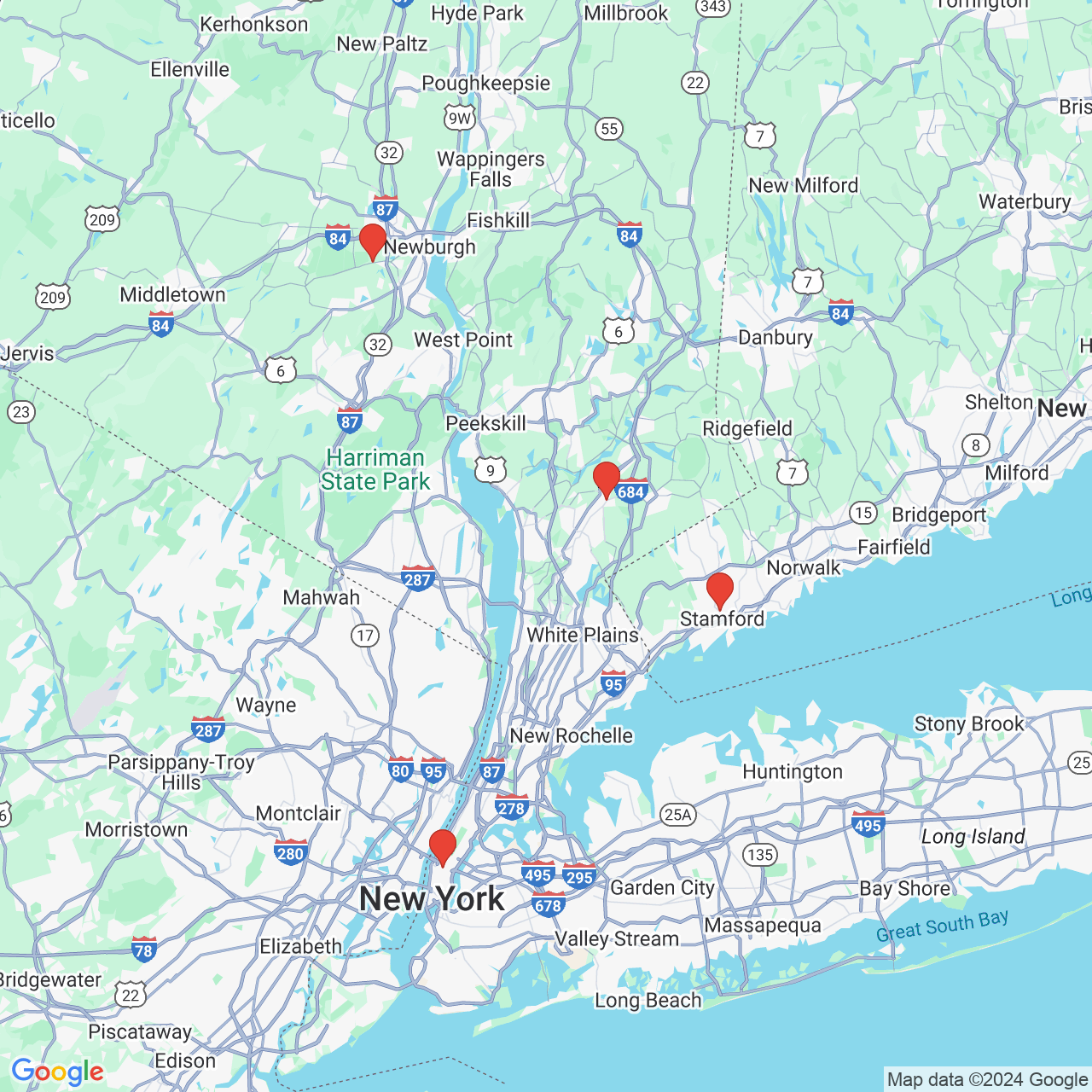Lateral Thoracic (outer chest and back) Flap
Usually other areas of the body have a greater abundance of fat, but the lateral chest may have excess skin and fat that can be used in breast reconstruction. The skin and fat and blood vessel branches that nourish this tissue can be used to augment a non-reconstructed or reconstructed breast for improved symmetry. This tissue can also be used in patients after a lumpectomy (partial mastectomy) procedure to add volume for improved symmetry with the non-operated breast.
The lateral thoracic perforator flaps are named after the artery used to nourish the tissue, and are commonly called a TDAP (thoracodorsal artery perforator) flap or an ICAP (intercostal artery perforator) flap. In both the TDAP and ICAP flaps, the fat and skin from the outer chest extending towards the back and a blood vessel are used for breast reconstruction. In contrast to latissimus dorsi musculocutaneous flaps, the latissimus dorsi muscle in the back and the function of the muscle are maintained.
MRA images of the lateral thoracic area enable Dr. Vasile to identify the blood vessel characteristics and exact blood vessel locations. This enables Dr. Vasile to identify the best blood vessel (vessel branching from the thoracodorsal artery or intercostal artery), and position the flap around the best blood vessel.
